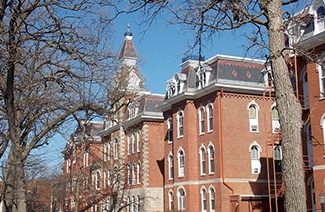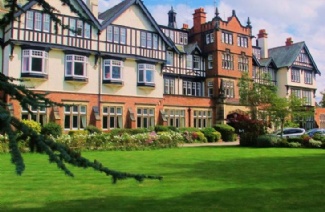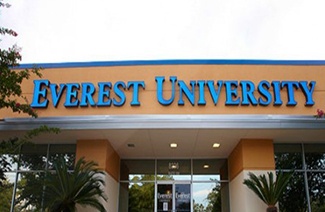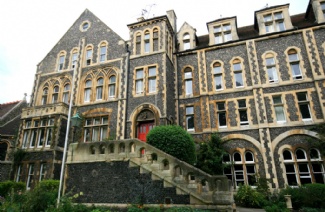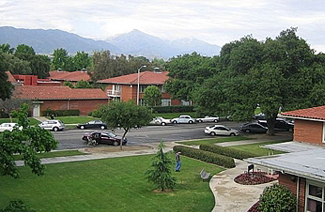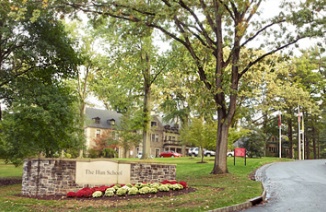Historians have only recently begun to note the increase in demand for luxury goods and services that took place in eighteenth-century England. McKendrick has explored the Wedgwood firm's remarkable success in marketing luxury pottery; Plumb has written about the proliferation of provincial theaters, musical festivals, and children's toys and books. While the fact of this consumer revolution is hardly in doubt, three key questions remain: Who were the consumers What were their motives And what were the effects of the new demand for luxuries
An answer to the first of these has been difficult to obtain. Although it has been possible to infer from the goods and services actually produced what manufactures and servicing trades thought their customers wanted, only a study of relevant personal documents written by actual consumers will provide a precise picture of who wanted what. We still need to know how large this consumer market was and how far down the social scale the consumer demand for luxury goods penetrated. With regard to this last question, we might note in passing that Thompson, while rightly restoring laboring people to the stage of eighteenth-century English history, has probably exaggerated the opposition of these people to the inroads of capitalist consumerism in general; for example, laboring people in eighteenth-century England readily shifted from homebrewed beer to standardized beer produced by huge, heavily capitalized urban breweries.
To answer the question of why consumers became so eager to buy, some historians have pointed to the ability of manufacturers to advertise in a relatively uncensored press. This, however, hardly seems a sufficient answer. McKendrick favors a Veblen model of conspicuous consumption stimulated by competition for status. The "middling sort" bought goods and services because they wanted to follow fashions set by the rich. Again, we may wonder whether this explanation is sufficient. Do not people enjoy buying things as a form of self-gratification If so, consumerism could be seen as a product of the rise of new concepts of individualism and materialism, but not necessarily of the frenzy for conspicuous competition. Finally, what were the consequences of this consumer demand for luxuries McKendrick claims that it goes a long way toward explaining the coming of the Industrial Revolution. But does it What, for example, does the production of high-quality pottery and toys have to do with the development of iron manufacture or textile mills It is perfectly possible to have the psychology and reality of a consumer society without a heavy industrial sector. That future exploration of these key questions is undoubtedly necessary should not, however, diminish the force of the conclusion of recent studies: the insa-tiable demand in eighteenth-century England for frivolous as well as useful goods and services fore-shadows our own world.
1. In the first paragraph, the author mentions McKendrick and Plumb most probably in order to
(A) contrast their views on the subject of luxury consumerism in eighteenth-century England.
(B) indicate the inadequacy of historiographical approaches to eighteenth-century English history.
(C) give examples of historians who have helped to establish the fact of growing consumerism in eighteenth-century England
(D) support the contention that key questions about eighteenth-century consumerism remain to be answered
(E) compare one historian's interest in luxury goods such as pottery to another historian's interest in luxury services such as musical festivals
2. Which of the following items, if preserved from eighteenth-century England, would provide an example of the kind of documents mentioned in lines 16 - 17
(A) A written agreement between a supplier of raw materials and a supplier of luxury goods
(B) A diary that mentions luxury goods and services purchased by its author.
(C) A theater ticket stamped with the date and name of a particular play
(D) payroll record from a company that produced luxury goods such as pottery.
(E) A newspaper advertisement describing luxury goods and services available at a seaside resort.
3. According to the passage, Thompson attributes to laboring people in eighteenth-century England which of the following attitudes toward capitalist consumerism
(A) Enthusiasm
(B) Curiosity
(C) Ambivalence
(D) Stubbornness
(E) Hostility
4. In the third paragraph, the author is primarily concerned with
(A) contrasting two theses and offering a compromise
(B) questioning two explanations and proposing a possible alternative to them.
(C) paraphrasing the work of two historians and questioning their assumptions
(D) examining two theories and endorsing one over the other
(E) raising several questions but implying that they cannot be answered.
5. According to the passage, a Veblen model of conspicuous consumption has been used to
(A) investigate the extent of the demand for luxury goods among social classes in eighteenth-century England
(B) classify the kinds of luxury goods desired by eighteenth-century consumers
(C) explain the motivation of eighteenth-century consumers to buy luxury goods
(D) establish the extent to which the tastes of rich consumers were shaped by the middle classes in eighteenth-century England
(E) compare luxury consumerism in eighteenth-century England with such consumerism in the twentieth century
6. According to the passage, eighteenth-century England and the contemporary world of the passage's readers are
(A) dissimilar in the extent to which luxury consumerism could be said to be widespread among the-social classes
(B) dissimilar in their definitions of luxury goods and services
(C) dissimilar in the extent to which luxury goods could be said to be a stimulant of industrial development
(D) similar in their strong demand for a variety of goods and services
(E) similar in the extent to which a middle class could be identified as imitating the habits of a wealthier class
7. It can be inferred from the passage that the author would most probably agree with which of the following statements about the relationship between the Industrial Revolution and the demand for luxury goods and services in eighteenth-century England
(A) The growing demand for luxury goods and services was a major factor in the coming of the Industrial Revolution.
(B) The Industrial Revolution exploited the already existing demand for luxury goods and services.
(C) Although the demand for luxury goods may have helped bring about the Industrial Revolution, the demand for luxury services did not.
(D) There is no reason to believe that the Industrial Revolution was directly driven by a growing demand for luxury goods and services.
(E) The increasing demand for luxury goods and services was a cultural phenomenon that has been conclusively demonstrated to have been separate from the coming of the Industrial Revolution.

